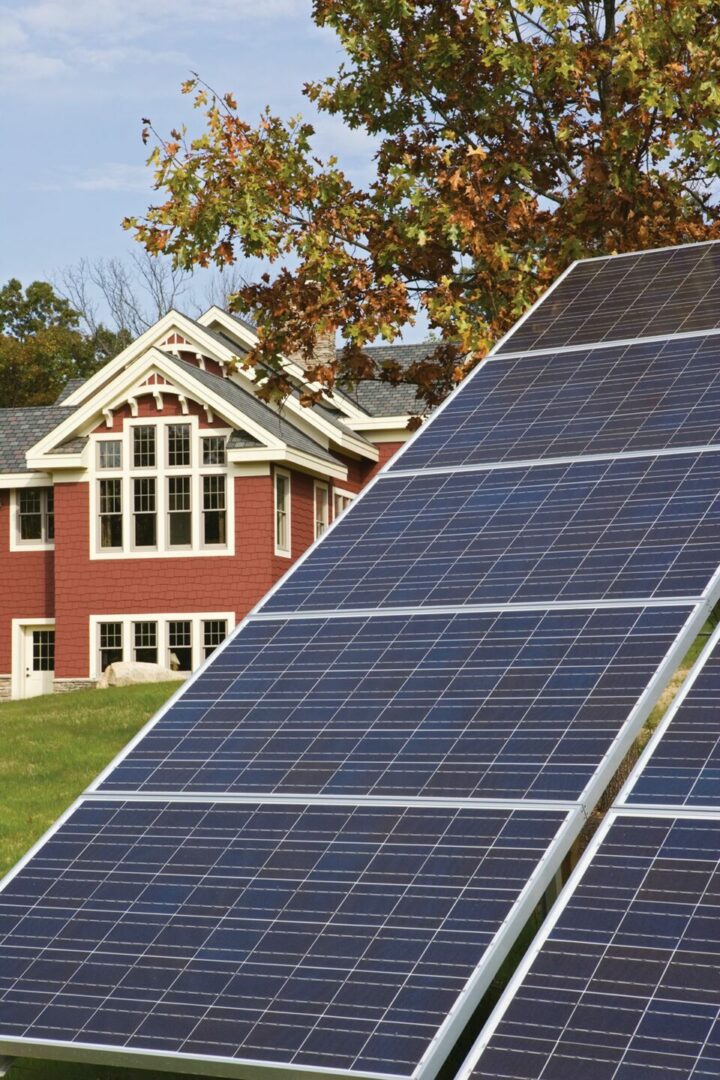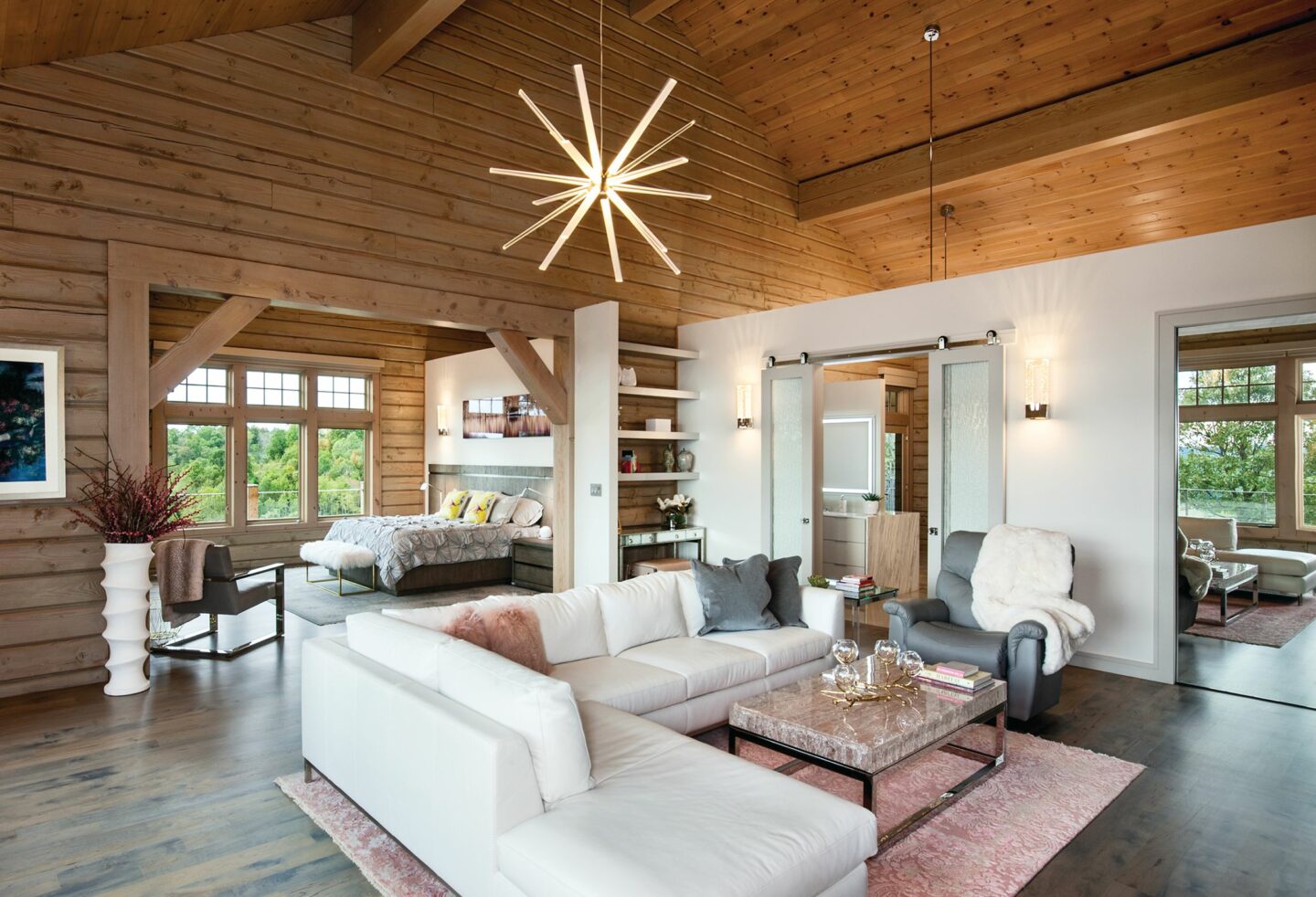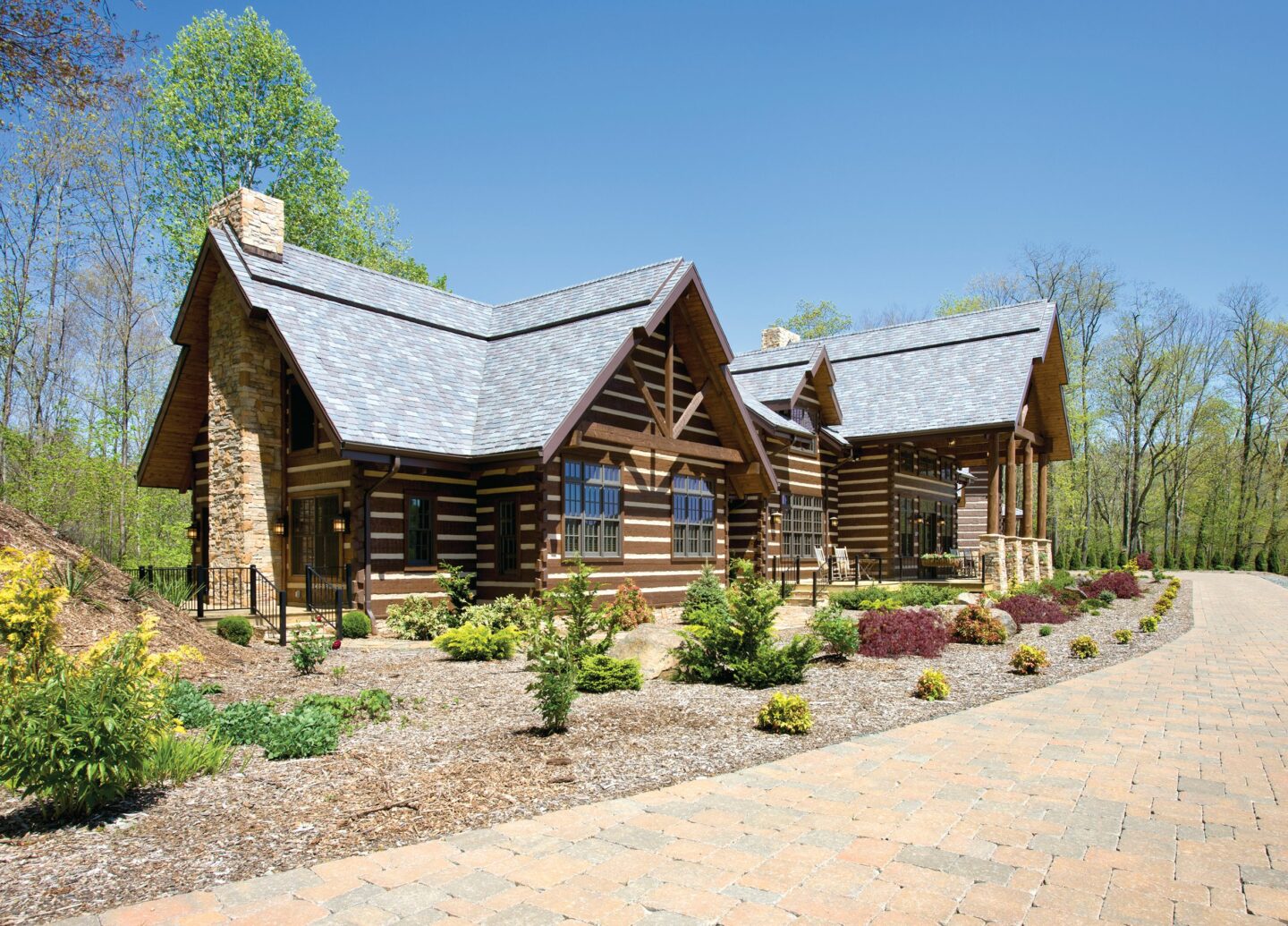Changing Lifestyles Bring New Home-Building Priorities.
Log and timber frame homes remain popular for homeowners building a new home, thanks to their unique and natural aesthetic. The options are endless, whether you’re looking for a rustic country retreat, a modern mountain dwelling, or anything in between. In recent years, some building trends have made their mark on the log and timber home industry. Here are a few trends to watch:
- SUSTAINABILITY REIGNS
Every part of the United States is touched by environmental concerns, including droughts, fire risk, and changing weather. Local building codes are getting more stringent in an effort to reduce the environmental impact of new construction. It’s natural for the market to reflect those concerns with more sustainable and eco-friendly options to be gentler on the environment and to provide a healthier living space for homeowners that is energy efficient. Builders are increasingly incorporating features like solar panels, geothermal heating and cooling, and smart home technology in log and timber homes.
More builders are also using reclaimed material. “We are seeing more and more recycled building materials, such as roofing shingles and siding material options,” says Erwin Loveland, project coordinator for MossCreek Home Design in Knoxville, Tennessee.“Also, panelized building systems are becoming more common, which often use recycled wood and/or Styrofoam.” Loveland also notes that geothermal heating and cooling systems are becoming more prevalent and that MossCreek is seeing an increase in the use of fully synthetic building materials for exterior applications.
Some other sustainable practices that are moving from trend to best-practice include using low-VOC paints (VOC stands for volatile organic compounds), insulated concrete forms, stone or slate roofing, and incorporating composites and natural fibers. Keep an eye on “living materials” as well—these are biological compounds like bacteria and fungi used in things like self-mending concrete.

- HIGH TECH HOMES
We live in a high-tech society and home building is no exception. New technology can improve energy efficiency, make entertainment easy, increase home security, and just make life more convenient. Homeowners are investing in tech solutions as simple as smart appliances and lighting and as complex as whole-home smart panels. “LED lighting is now standard pretty much everywhere and sound systems such as the SONOS line are quite popular,” says Loveland. “Thermostats with multiple sensors that can change damper settings in multiple rooms at once are new.”
Loveland notes that home-charging stations for electric vehicles are often requested now. With electric vehicles on the rise, those charging stations may even be standard in every new home built in the future. While using a standard 120v plug to charge an electric vehicle is possible, it is extremely slow. Home charging stations are much more efficient and cost around $300 – $1000. The chargers at the higher end of the price range are equipped with WiFi connectivity so you can monitor charging and control the unit via an app. Many allow you to track your costs, so you can take advantage of variable electricity costs during off-peak hours.
Many technological advances may seem like sci-fi but are on the market now and are likely to grow in popularity. One example is cool roofing, which is made from a highly reflective material (often tiles or shingles) that reflects sunlight and therefore absorbs less heat. Though cool roofing first debuted nearly a half-century ago, rising temperatures have increased the demand. Another example is electrochromic or “smart” glass. Smart glass is coated with a thin layer of metal oxide which can be electrified via lithium-ion electrodes to change the color and transparency of the glass. You’ll no longer need to open and close blinds to keep your home at a comfortable temperature or to increase privacy.
- MODERN DWELLINGS
While “mountain modern” design isn’t new, it is gaining in popularity. “Part of the popularity is the overall population shift from western states to the more southern states such as North Carolina and Tennessee,” says Loveland. “Many of our current custom-design projects are for modern-design-styled homes.” Many home designers are combining mid-century modern aesthetics with rustic elements for a fresh take on an older look.
“The one challenge is that some elements of modern design, such as very low-pitched roofs, do require special attention in areas with heavy rain or snow fall,” warns Loveland. “Also, due to the large areas of glass, and clean lines, a modern design home can be more expensive to build, so we are always making sure our design clients are aware of that.”
Another design style on the rise is a combination of Scandinavian and Japanese, or Japandi, design. Think hygge meets Zen—equal parts comfort and simplicity with clean modern lines. This style is a wonderful fit for log and timber homes as it employs natural materials in a look that is both warm and casual. Japandi design features lots of wood and stone in neutral color palettes and abundant natural light. Reclaimed materials and décor also feature prominently.

- GREAT OUTDOORS
As building costs have increased for interior living spaces, homeowners are finding ways to maximize their outdoor living space. Also, says Loveland, “With the increasing move toward working from home, more of our homes are permanent residences, rather than vacation or part-time residences. Since they are now being used year-round, flexible outdoor living spaces are more in demand. It’s a bit of a throwback to the “three season rooms” of the past.”
In temperate climates, this may mean a large, covered deck for dining instead of a separate formal dining room or investing in patio space instead of a large rec room. Add comfortable outdoor seating, an indoor-outdoor rug, a fireplace, and sliding glass panels and the transition from indoors to outside is seamless.

